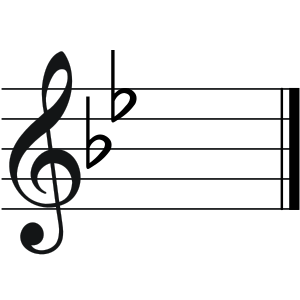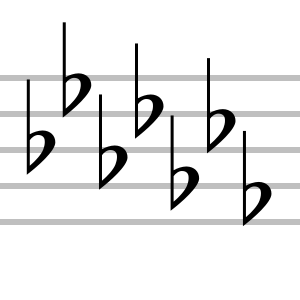Key (music) facts for kids
In music theory, the key of a piece is the group of pitches, or scale, that forms the basis of a music composition in classical, Western art, and Western pop music.
The group features a tonic note and its corresponding chords, also called a tonic or tonic chord, which provides a subjective sense of arrival and rest, and also has a unique relationship to the other pitches of the same group, their corresponding chords, and pitches and chords outside the group. Notes and chords other than the tonic in a piece create varying degrees of tension, resolved when the tonic note or chord returns.
The key may be in the major or minor mode, though musicians assume major in a statement like, "This piece is in C." Popular songs are usually in a key, and so is classical music during the common practice period, around 1650–1900. Longer pieces in the classical repertoire may have sections in contrasting keys.
Related pages
See also
 In Spanish: Tono (acústica) para niños
In Spanish: Tono (acústica) para niños



